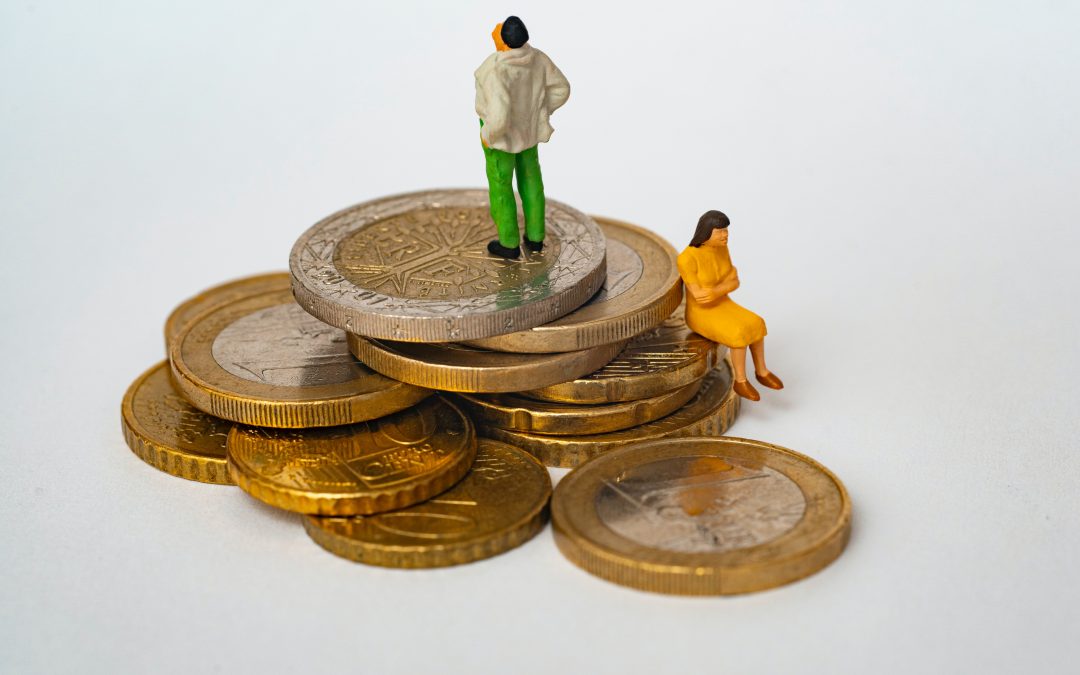Preparing finances for home ownership begins the day someone decides they actually want to buy a home. After all, saving for a down payment doesn’t just happen overnight! So, how do you best prepare your finances in advance to handle the most expensive purchase of your lifetime?
The following are five steps to take for home buying success, and they can be completed months or years before a first home purchase. To help you prepare your finances for home ownership, use this worksheet to track progress and keep all your to-dos straight.
Step #1 — Prepare Your Credit
It’s a given that good credit is needed to qualify for a mortgage, but preparing your credit also includes an important component of financially preparing for home ownership — debt payoff.
Paying off debt, especially student loans and high-interest credit cards, not only frees up money in the budget for down payment savings, but it also raises your credit score by lowering your overall debt. Debt payoff is also important to lenders when they determine your debt-to-income ratio (total monthly debt payments divided by gross monthly income), the primary number lenders use to determine how much home you’ll qualify for.
Lenders can qualify an individual with up to 43% debt-to-income ratio, though lenders are more likely to make a loan if it’s lower. (Aim for 36% or less.) The DTI number is important for first-time buyers to know, as many are struggling with five-figure student loan burdens, which can severely impact their DTI ratio.
The best way to tackle debt is to use the debt snowball method. List all of your debts (credit cards and student loans for now) in order of highest interest rate and throw all extra money at that amount. When this amount is gone, move on to the next debt. Use the accompanying worksheet to list your debt and track your pay-off status.
Step #2 — Save for a Down Payment
If you opt for a conventional mortgage and want to avoid private mortgage insurance (PMI), which protects the lender in case you default, you’d typically put down 20% of the purchase price. It could take years to save the proper funds for a home down payment. That’s why many buyers choose to put down less than 20% or pursue an FHA loan, with a possible down payment as low as 3.5% of the purchase price depending on your credit.
You’ll need money in the bank, no matter which type of loan you think you’ll go with, so it’s important to begin saving as early as possible.
Paying off debt will make saving easier over time because you’ll have more money to allocate to your down payment fund.
You might also consider:
- An expense audit, where you cut subscription services and negotiate with your utility providers to lower your costs. Then you automatically put the money saved into your down payment savings account. You’ll never miss it.
- Halting retirement savings for a period so that you can contribute more to your down payment funds. Do this only if you feel comfortable with it for the short term.
- Funneling any “found” money, such as work bonuses or holiday cash, into your down payment fund. The temptation to spend is real, but once you’re in your new home, you’ll be glad you sacrificed.
- Getting a side hustle. Putting away even $100 each month can make saving for a home much faster (and easier).
Step #3 — Prepare Your Budget
Have you thought about what your budget will look like post-closing? The expense audit (see above) will help make some room. But to see if you can truly afford a home, try building out a sample budget of what your monthly expenses will look like after you buy a home.
Mortgage calculators can help you get a rough estimate of your monthly mortgage payment. I recommend adding two to three times utility rates if you’re upsizing from an apartment into a home.
Step #4 — Shop for a Mortgage
Rate shopping for a mortgage is an important step, so don’t go with the first rate you’re offered (unless it ends up being the most competitive, of course). Shopping for the most competitive terms is one of the few ways to actually save money on a home. The lower the interest rate, the less money you’ll pay over the life of the loan.
Rate shopping is now super quick and doesn’t impact your credit score, so the time you spend rate shopping will pay off for your future self . . . maybe to the tune of tens of thousands of dollars.
Step #5 — Consider Closing Costs
Don’t get blindsided by closing costs. You’ll need to save for these, too. Typically, you can multiply the purchase price of the home by 3% to 5% to get a rough estimate of how much you’ll need to bring to closing. Even if the seller offers to pay some (or all) of the closing costs as part of the sale, having this money in the bank — just in case — will assure the lender you’re ready to take on the responsibility of a mortgage

